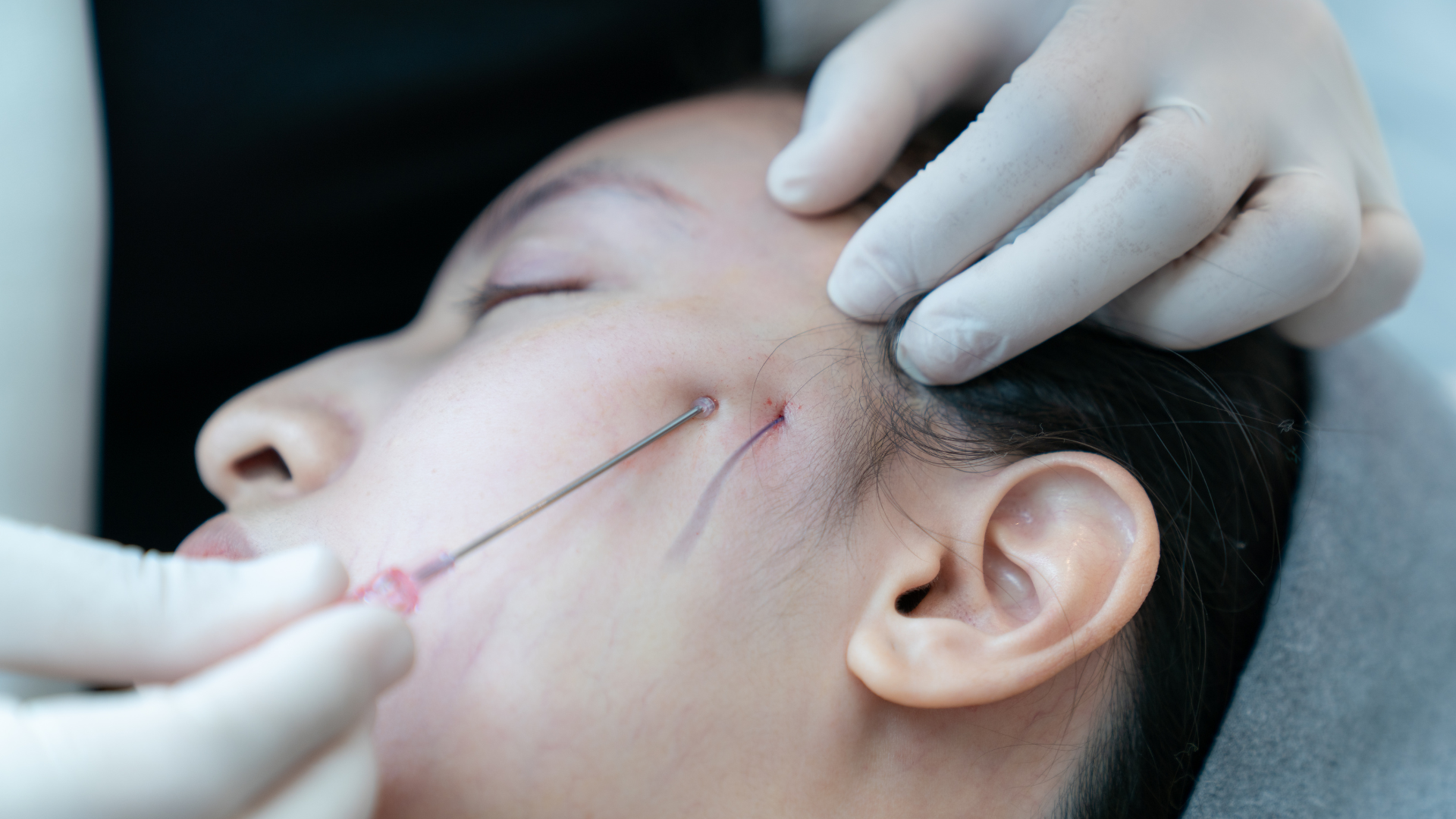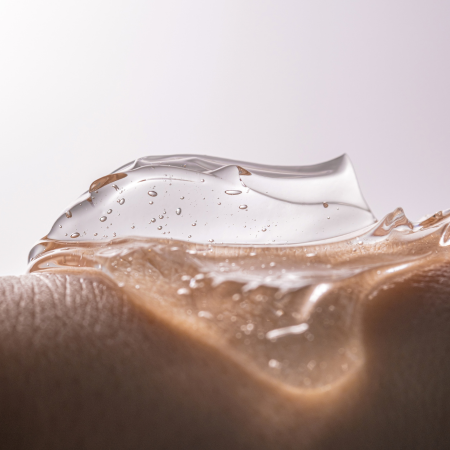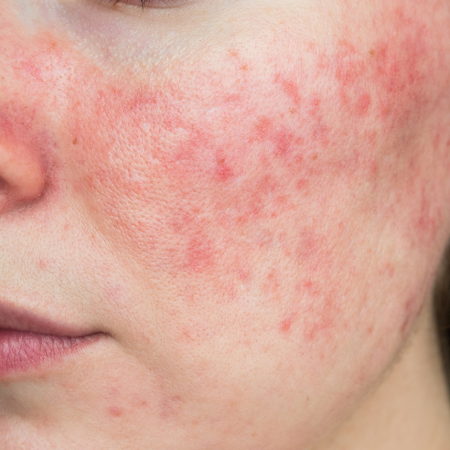Dermal Fillers vs. PDO Thread Lifts: Which One Is Better For Me?
When it comes to enhancing facial aesthetics, dermal fillers and PDO thread lifts are two popular options. Dermal fillers, such as those made from hyaluronic acid and calcium hydroxylapatite, are designed to restore volume and smooth out wrinkles. They are commonly used in areas like the cheeks, lips, and under the eyes. In contrast, PDO thread lifts involve placing biocompatible threads into the skin to lift and tighten sagging areas, offering a non-surgical solution for contouring. We will explore how dermal fillers and PDO threads work, their typical uses, and how to choose the best treatment based on your specific needs and goals.
What Are Dermal Fillers and How Do They Work?
Dermal fillers are a popular choice for those seeking to rejuvenate their appearance and combat signs of aging. The most common types of dermal fillers include hyaluronic acid and calcium hydroxylapatite. Hyaluronic acid is a naturally occurring substance in the skin that helps maintain hydration and volume, making it ideal for smoothing wrinkles and enhancing facial features. Calcium hydroxylapatite, a mineral-like compound found in bones, provides a denser texture that is excellent for deeper wrinkles and volume restoration. These fillers work by injecting the substance into targeted areas, where they plump up the skin and diminish the appearance of lines and hollows. Typically, dermal fillers are used in areas such as the cheeks, lips, and under the eyes to restore youthful contours and improve overall facial symmetry.
Understanding PDO Thread Lifts
PDO thread lifts offer a different approach to non-surgical facial enhancement. PDO stands for Polydioxanone, a biocompatible material used to create the threads inserted into the skin. These threads provide an immediate lifting effect and stimulate the body’s natural collagen production, leading to gradual tightening and firming of the skin. There are two main types of PDO threads: smooth and barbed. Smooth threads are used to enhance the skin and stimulate collagen, while barbed threads have barbs that grip the skin to create a lifting effect. PDO thread lifts are commonly applied to areas like the jawline, cheeks, and neck to address sagging and create a more defined contour.
Treatment Goals and Objectives
Both dermal fillers and PDO thread lifts have specific goals and benefits. Dermal fillers are primarily used for volume restoration and contouring, making them ideal for addressing issues like volume loss in the cheeks or lips and smoothing out fine lines. PDO thread lifts, on the other hand, are better suited for lifting and tightening sagging skin, providing a more noticeable uplift and contouring effect. Choosing between these treatments depends on your individual needs—whether you seek to restore volume and smooth wrinkles or lift and tighten loose skin. By understanding the unique benefits of each option, you can make an informed decision that best aligns with your aesthetic goals.
Procedure Comparison
When comparing dermal fillers and PDO thread lifts, it’s helpful to understand the step-by-step processes involved in each treatment. For dermal fillers, the procedure begins with a consultation where your provider assesses your needs and discusses the best filler options. The area to be treated is then cleaned and marked. A local anesthetic may be applied to minimize discomfort. The filler is injected using a fine needle, and the provider carefully inserts the filler to achieve the desired volume and contour. The procedure typically takes 15 to 30 minutes, depending on the areas treated.
In contrast, the PDO thread lift procedure starts with a similar consultation and preparation phase. After applying a local anesthetic, the provider inserts thin PDO threads into the skin through small entry points using a needle. The threads are strategically placed to lift and support the skin. Once the threads are in place, they are gently pulled to create the lifting effect, and the entry points are closed with a small bandage. This procedure usually takes about 30 to 60 minutes, depending on the number of threads used and the areas treated.

Pain Levels and Anesthesia Options
Both procedures are generally well tolerated with minimal discomfort. Dermal filler treatments involve local anesthesia, either through topical numbing cream or injections, to ensure a pain-free experience. PDO thread lifts also use local anesthesia to numb the treatment area, though some patients may experience mild discomfort during the insertion of the threads. Post-procedure discomfort is usually manageable with over-the-counter pain relievers if needed.
Results and Longevity
Results from dermal fillers are typically visible immediately after the treatment, with the enhancement of volume and reduction of wrinkles becoming more pronounced as any swelling subsides. Results generally last from 6 to 18 months, depending on the type of filler used, the area treated, and individual factors like metabolism.
PDO thread lifts also offer immediate results with an instant lifting effect. However, the full benefits become more apparent as the threads stimulate collagen production over the following months. Results from PDO thread lifts usually last up to a year, though this can vary based on the individual’s skin condition and lifestyle.

Recovery and Downtime
Recovery from dermal fillers is relatively quick, with most people able to resume their normal activities immediately. Some swelling or bruising at the injection sites is common but typically resolves within a few days. It’s recommended to avoid strenuous exercise and excessive heat for 24 to 48 hours after the treatment.
PDO thread lifts may require a slightly longer recovery period. Patients might experience swelling, bruising, or soreness in the treated areas, which usually resolves within a week. It’s advisable to avoid heavy physical activity and to sleep on your back for a few nights to prevent pressure on the threads. Both treatments require some post-treatment care, such as avoiding strenuous activities and following any specific aftercare instructions provided by your practitioner to ensure optimal results and minimize potential side effects.
Choosing the Right Treatment
When deciding between dermal fillers and PDO thread lifts, consider your specific goals and the areas you want to address. Dermal fillers are ideal for adding volume, smoothing wrinkles, and enhancing features in areas like the cheeks and lips. PDO thread lifts, on the other hand, are better suited for lifting and tightening sagging skin, providing a noticeable uplift in areas such as the jawline and neck.
To determine the best option for you, it’s essential to consult with a qualified professional. During your consultation, your provider will evaluate your skin, discuss your aesthetic goals, and explain the benefits and limitations of each treatment. This personalized approach ensures you make an informed decision and choose the treatment that best meets your needs and desired results. Working with an experienced practitioner will help you achieve the best outcome and ensure your satisfaction with the chosen treatment.




